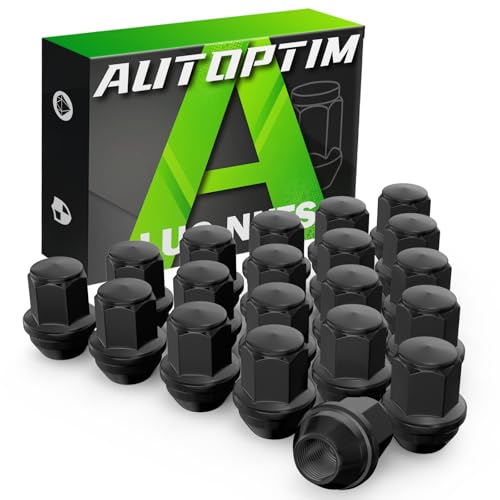My Mustang is running it's original 302W, no idea whether or not it has been rebuilt in the past at all.
Always been running fine, although the last couple of drives I noticed it wasn't idling as efficiently as it normally would.
Today I cranked it over, it fired up for a couple of seconds but wouldn't stay running, tried a second time, the same.
Tried a third time and it fired up then stopped very suddenly, and subsequently when I turn it over it won't even fire, and the engine now sounds like it is turning over without any compression, none of the normal engine cranking sounds, now sounds more like a free-wheeling whirring as the crank turns over.
I'm not really that savvy when it comes to engine diagnosis. I did check that the fuel pump is pumping ok and tried another coil but that didn't work, but the battery started to die so I've put it on charge and turned in for the night (Australia time).
Tomorrow I'll pop the valve covers off to see what the valves are doing when I turn it over, but it is the freewheeling sound that the motor is making whilst I am turning it over that has me quite nervous.
Anybody here got any thoughts? Might I have busted a timing chain or wrecked a camshaft perhaps?
Always been running fine, although the last couple of drives I noticed it wasn't idling as efficiently as it normally would.
Today I cranked it over, it fired up for a couple of seconds but wouldn't stay running, tried a second time, the same.
Tried a third time and it fired up then stopped very suddenly, and subsequently when I turn it over it won't even fire, and the engine now sounds like it is turning over without any compression, none of the normal engine cranking sounds, now sounds more like a free-wheeling whirring as the crank turns over.
I'm not really that savvy when it comes to engine diagnosis. I did check that the fuel pump is pumping ok and tried another coil but that didn't work, but the battery started to die so I've put it on charge and turned in for the night (Australia time).
Tomorrow I'll pop the valve covers off to see what the valves are doing when I turn it over, but it is the freewheeling sound that the motor is making whilst I am turning it over that has me quite nervous.
Anybody here got any thoughts? Might I have busted a timing chain or wrecked a camshaft perhaps?


























































